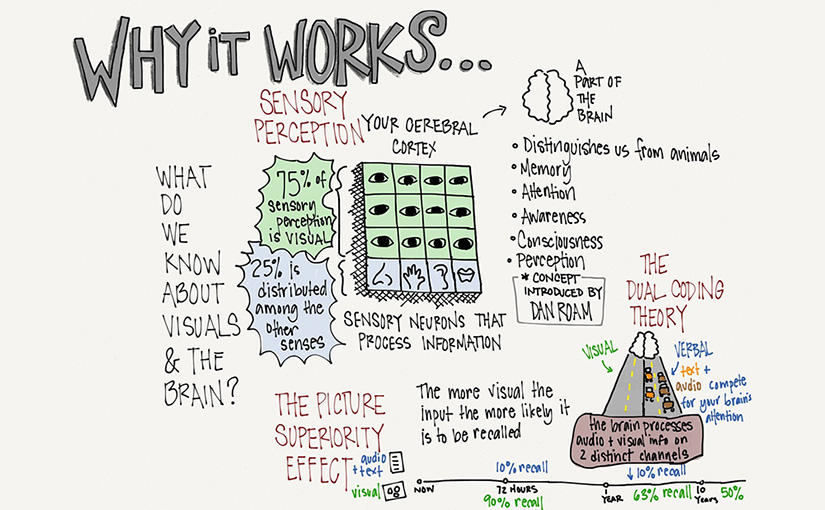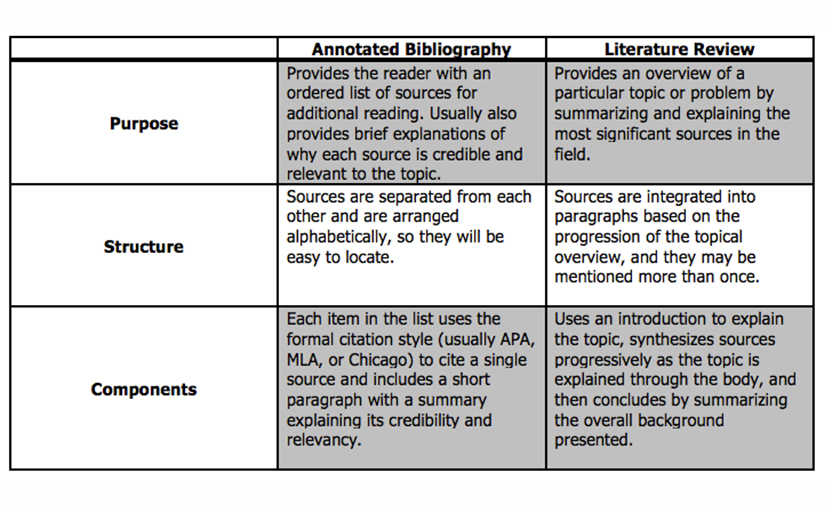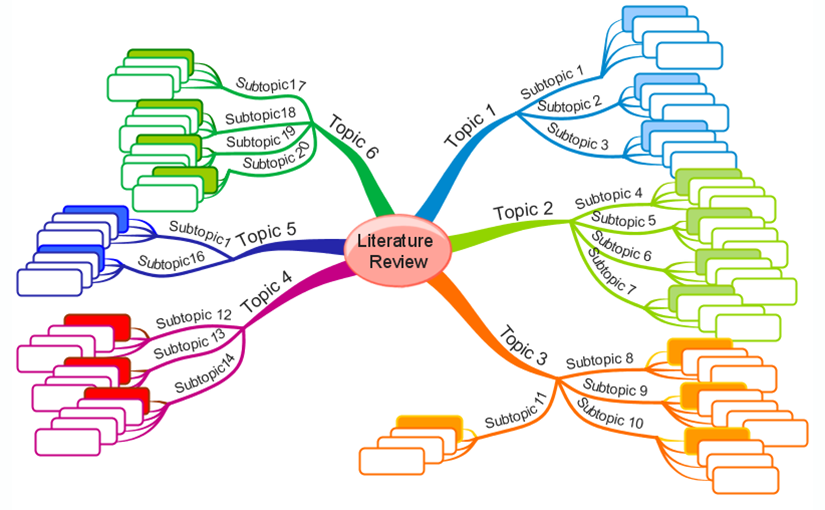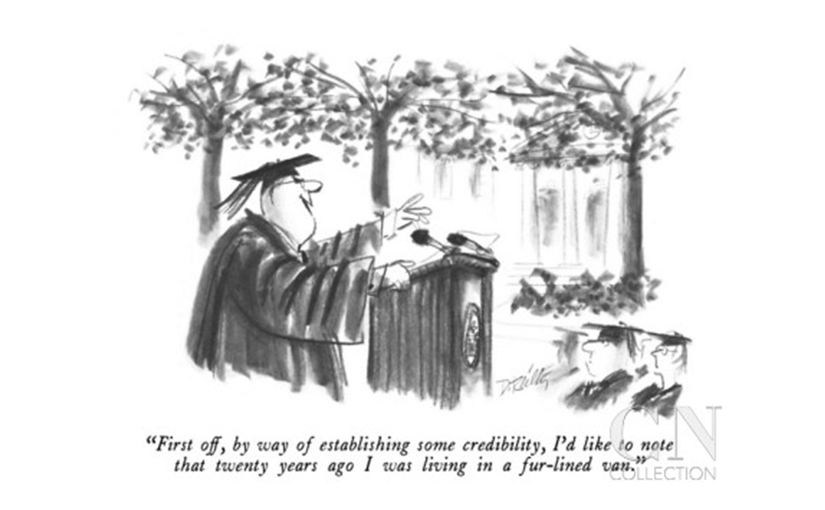The point of writing a literature review is to introduce the bodies of literature that frame your research. You must summarise the various positions within a body of literature, drawing attention to key ‘voices’ and ideas. Not all these will be in agreement with one another and your goal is to map out the intellectual area, and to define the connection between different key players. Show that you know the key debates within, and differences between, your chosen theories .
Use the following words and phrases to help map out the knowledge domain. They express specific types of relationships between ideas.
on one hand
on the other hand
contrary to
in line with
parallel to
related to
linked to
responds to
elaborates
undermines
explores / investigates
contributes to the research on
enters the debate
re-emphasizes the categories
in agreement with
in opposition to
in confirmation of
in response to
in reaction against
in contrast to
influenced by
rejects
confuses
reinforces
a similar focus/approach/tone
a slightly different focus/approach/tone
a broader scope
a narrower scope
more specific / more general
in the same vein
in a different sphere
adapts
misses
supports
revisits the same subject
revolutionizes the field of
bypasses the debate
breaks out of the paradigm
goes beyond
misinterprets
criticizes




